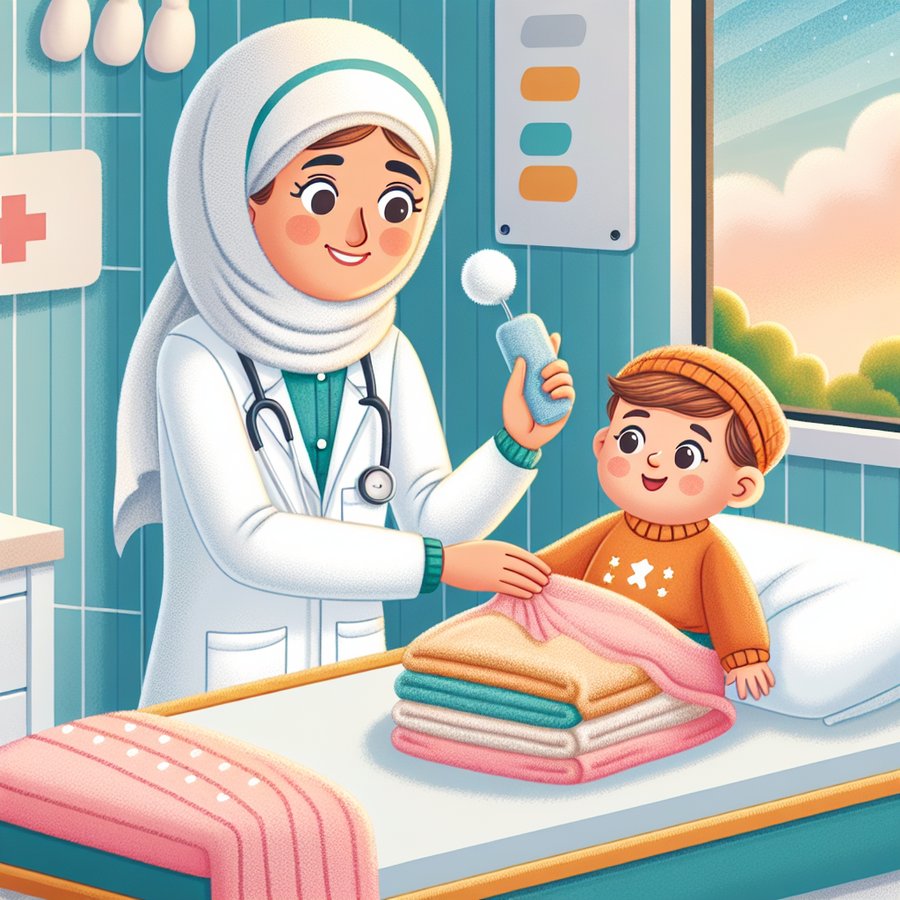Omphalitis, a term that might not be familiar to many, yet it’s a crucial subject that new parents should be aware of. This condition, an infection of the umbilical cord stump in newborns, can range from mild to severe. Understanding Omphalitis is paramount for early detection and treatment, ensuring the health and well-being of your baby. In this article, we delve deep into what Omphalitis is, its causes, symptoms, prevention methods, and treatments, providing new parents with the knowledge they need to effectively care for their little ones.
What is Omphalitis?
Omphalitis is an infection of the umbilical cord stump, occurring in the first few weeks of a newborn’s life. This condition can be attributed to bacteria entering the umbilical stump, leading to an infection. While Omphalitis is relatively rare, thanks to improved hygiene and care practices, it still poses a risk and requires parents’ attention and understanding.
The umbilical cord, which connects a baby to the placenta in the mother’s womb, is cut shortly after birth, leaving a stump. This stump naturally falls off within one to three weeks. However, during this period, it’s susceptible to infection, leading to Omphalitis. Recognizing the signs early and seeking treatment can prevent complications.
Causes and Symptoms of Omphalitis
The primary cause of Omphalitis is the bacterial invasion of the umbilical stump area. Common bacteria responsible for this infection include Staphylococcus aureus, Streptococcus agalactiae, and Escherichia coli. These bacteria can enter the umbilical stump through various means, such as improper handling and cleaning of the umbilical area.
Symptoms of Omphalitis include redness and swelling around the umbilical area, foul-smelling discharge, fever, and irritability in the baby. It’s crucial for parents to monitor these signs closely and consult a healthcare provider if any symptoms arise. Early detection and treatment are key in managing Omphalitis effectively.
Preventing Omphalitis in Newborns
Preventing Omphalitis starts with proper umbilical cord care. Keeping the umbilical stump clean and dry is paramount. Avoid bathing your baby in a tub until the stump falls off and heals. Instead, opt for sponge baths. Additionally, ensure the diaper is folded below the stump to prevent irritation and exposure to urine.
Another important preventive measure is to allow the umbilical cord stump to air dry and fall off naturally. Avoid pulling or tugging on the stump, as this can increase the risk of infection. Following the healthcare provider’s instructions on umbilical cord care can significantly reduce the chances of your baby developing Omphalitis.
Treating Omphalitis
Treatment for Omphalitis typically involves antibiotics to fight the infection. In mild cases, topical antibiotics may be sufficient. However, more severe cases may require hospitalization and intravenous antibiotics. The treatment plan will depend on the severity of the infection and the baby’s overall health.
In addition to medical treatment, maintaining cleanliness and following the healthcare provider’s care instructions are crucial for the healing process. Regular follow-ups may be necessary to ensure the infection is resolved. Parents should also be educated on the signs of complications, such as an abscess or systemic infection, which require immediate medical attention.
Additional Resources and Support
Understanding and managing Omphalitis can be daunting for new parents. However, numerous resources and support systems are available to help you through this journey. Healthcare providers are your first point of contact for information and guidance. Trusted online resources can also provide valuable information. The Centers for Disease Control and Prevention (CDC) offers extensive information on various newborn conditions, including Omphalitis.
Joining parenting groups, either in person or online, can also provide support and share experiences with others facing similar challenges. Remember, seeking help and acquiring knowledge is a sign of strength and an essential part of caring for your baby’s health and well-being.
In conclusion, while Omphalitis is a serious condition, understanding its causes, symptoms, and treatments can empower new parents to take proactive steps in prevention and care. By keeping the umbilical cord stump clean and dry, monitoring for signs of infection, and seeking prompt medical attention when needed, you can ensure the health and safety of your newborn. Remember, you are not alone in this journey, and support is always available to help you navigate the challenges of new parenthood.













